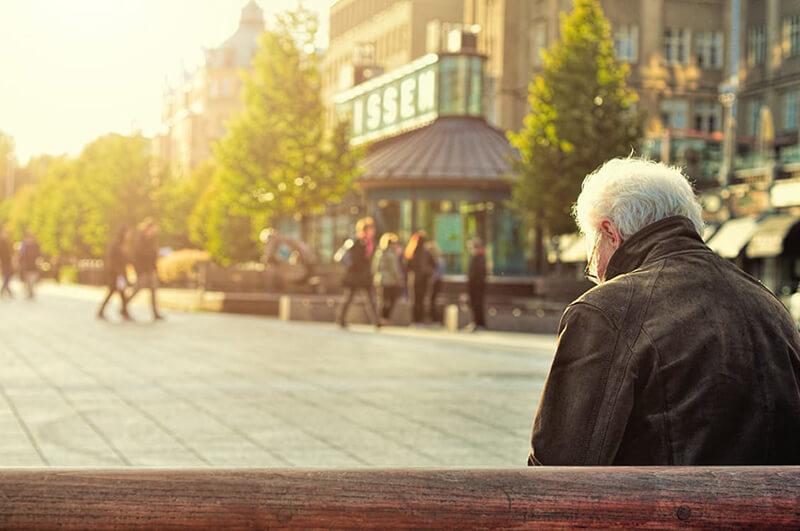

CAUSES OF LOWER BACK PAIN

Generally, the lower back is subjected to a lot of mechanical stress and strain as well as having to bear the weight of the upper body. This makes it a prime target area for pain.
Lower back pain can result in the inability to stand or walk, local soreness, muscle spasms and an achy pain that moves from the upper buttock to the groin and onto the upper thighs.
The spine which is made up of more than 30 bones (called vertebrae) is the core bearer of the body weight. The vertebrae are stacked up on top of one another with a spongy cushion between each of them to absorb shocks as well as prevent the bones from rubbing against each other.
Sometimes, with repeated pressure or with increasing age, these discs start to wear away and shrink, leading to degenerative disc disease. Overuse of the back can result in herniation of one or more of these discs resulting in pinching or pressure being exerted on the nerve which extends from the buttock to the leg; this painful condition is called sciatica. In others, sciatica may be caused by a variety of conditions ranging from lumbar herniated disc, degenerative disc disease, ruptured disc, isthmic spondylolisthesis, etc.
There are numerous other causes of back pain, with most arising due to sprains and strains sustained due to overuse and misuse of the back. These however subside within a period of few days to three weeks accompanied with rest and/or pain medication.
Causes of chronic pain may be different and could result from various changes in the spinal structures due to underlying disease or aging.
Wear and tear in the joints and ligaments as we age make it hard for the spine to stay in position, resulting in spondylolisthesis where one bone slides forward on another bone with resultant nerve compression. Osteoporosis is another age factor that can result in vertebral fractures; spinal stenosis can also result and refers to a narrowing of the space around the spinal cord, thus creating pressure on it and the nerves, resulting in lower back pain.
Scoliosis and kyphosis refer to different forms of abnormal curvatures of the spine that aren’t age-related and lead to lower back pain too.
Arthritis can lead to severe inflammation of the vertebrae resulting in a condition known as ankylosing spondylitis. Another form of arthritis known as reactive arthritis resulting from a temporary form of arthritis triggered by presence of infections also leads to pain and disability.
Conditions associated with women’s reproductive organs such as pregnancy, ectopic pregnancy, miscarriage, threatened abortion, endometriosis, pelvic inflammatory disease and premenstrual syndrome are all associated with varying levels of lower back pain that however disappear with the resolution of the condition.
Other conditions leading to lower back pain include obesity, various cancers, herniated discs, fibromyalgia, prostatitis, urethritis, kidney stones and whiplash injuries.














